By Griffin Cooper
Psychological Edges of Using Estimated Reward Targets in Trade Framing:
Understand the risks I’m taking and the possibility for asymmetrical returns.
Helps avoid overtrading.
Ability to zoom out and see the whole context of the trade.
My Criteria for Estimating Reward Targets:
Easy, obvious, and recent
Easy; the last PSAR flip point, with at least 2:1 reward to risk
Obvious; horizontal support/resistance level that lots of other traders see
Recent; most recent PSAR flip turning point (price was just there)
I have found the diligent use of finding estimated reward targets to be one of the most overlooked aspects of trading. Most traders will know when they plan to enter. And most will know when they want to get out with an initial stop point if the trade doesn’t work. But finding the estimate target area is just as important because that is what creates the low-risk idea, the possibility of the asymmetrical return.
One of the most foundational skills I learned from Dr. Ken Long at Tortoise Capital was how to properly frame a trade in a standard way. I found doing this standard work of trade framing that includes having an estimated reward target has been very beneficial for me psychologically. When I’ve framed the trade and see that it has a high reward to risk ratio, I feel much more comfortable putting my capital at risk and taking the trade, like I’m not taking an unnecessary risk. I picture it like starting a journey; when I look at the map I want to know not just where I’m starting out but also where I plan on going.
I have also found that demanding at least a 2:1 or 3:1 reward to risk ratio can be a good way to avoid overtrading. If a potential trade has gone way past my planned entry point, and it’s no longer at least a 2:1 reward to risk to the estimated price target, I can simply let it go which in itself is an essential part of my trading skills (psychological).
Like most of my trading preferences, I want my target finding techniques to be easy, obvious, and recent. Trading is made up of so many decisions, the more I can offload some of them without using much cognitive load the better chance I have of following my rules without getting all confused. I like technical analysis to find my estimated price targets. I also like to use the most recent price data and obvious turning points. I have a strong belief in using the horizontal points of support and resistance as they’re less subjective than angled trend lines.
Hunting for rewards is not the time for subtlety. I like obvious turning points because it’s likely that other traders see these levels as well. Using recent price data makes the move more possible in my eyes. It’s not crazy to estimate that a price could go back to a position it was at just a few hours or days ago.
One of the main patterns I trade and teach is the Supported Spring Crossing (SSC), which is essentially a reversion to mean trade after a harsh selloff that we hypothesize is an overreaction. The SSC is a great pattern to start off learning because it’s easy to intuitively see the low-risk idea present in the setup. For these kinds of trades, I’ll use the last PSAR flip point before the selloff as my estimated price target. As long as I can get an entry long when the PSAR flips up to a long bias and it’s at least a 2:1 reward to risk using the swing low as my initial stop, I’m good to go. If it gaps up or shoots through my entry and there’s no longer a 2:1 reward to risk anymore, I get to practice letting the trade go.
A trade example from TSLA on the 30-minute timeframe. After a harsh selloff the estimated price target created over a 2:1 reward to risk ratio. Price quickly returned to that recent level after entry
Another psychological edge of having the three reference points (entry, initial stop and estimated price target) is that it helps me zoom out and see the trade from a wider perspective. I’ve found that without using all three of these reference points, once I’m in a trade it’s easy to get lost in the small noise of a few price bars and lose the big picture of the overall trend. This can lead to a premature exit that was actually working well and going in my direction.
Happy Trading!


